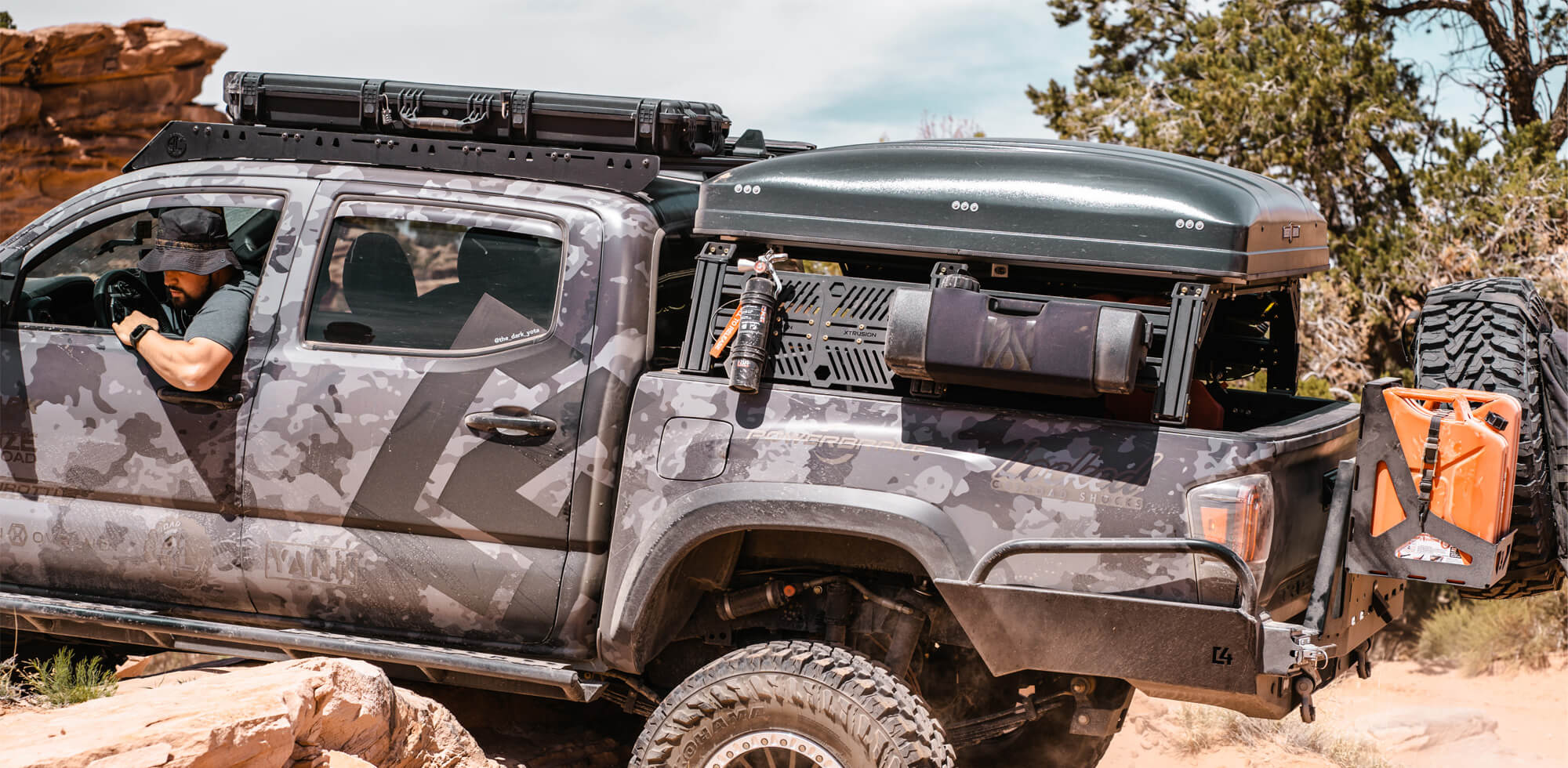A fuel fire started in the worst possible place: his own garage.
It was early morning, a couple of weeks before Christmas, when William King found himself in a bind.
He had to leave for work, but his daily driver refused to start. So instead he decided to take his 1969 Dodge Charger.
“I don’t usually drive the Charger unless I’m going to a car show,” he says. “It had been sitting for a few weeks. It’s always a little tricky to start when it hasn’t been driven in a while.”
That morning, the Charger sputtered and stalled. William pumped the gas, turned the key again, and finally got the powerful engine to fire up. Frustratingly, it died again a few moments later. It’s a situation most classic car owners are all too familiar with.
Then came a sharp smell no car owner ever forgets: smoke.
“I smelled something burning. Then I saw the paint on the hood starting to bubble. I knew I had an engine fire,” he recalls.
His Charger was parked nose-first against the wall, so the fire was trapped in the garage with him. If it spread, it could take the whole house with it.
William had only seconds to come up with a plan. “I was thinking, I have to figure out a way to get the fire out. But I don’t have a fire extinguisher. What do I do?’”
Then he remembered: he did have a fire extinguisher after all. Years earlier, he had bought a rugged H3R MaxOut for his Jeep because an extinguisher was required for an off-roading event. “I’d forgotten about it until that moment,” he said.
He ran to the Jeep, grabbed the extinguisher, pulled on some gloves, and popped the Charger’s hood. Two-foot-high flames roared up from the six-pack carburetors.
“I’d never used an extinguisher before in my life,” he says. “I pulled the pin and went for it. It worked great. It got the fire out immediately.”
In seconds, the flames were gone. His dream car, his garage, and his home were all safe.

The cause turned out to be a fuel leak in the carburetors. During the 10-month cleanup and restoration, William upgraded to modern fuel injection for reliability. But the close call left a lasting impression.
“My first instinct wasn’t to call 911,” he said. “I just thought, I have to get this fire out before it’s too late. I can't let it burn my house down.”
He now plans to keep an extinguisher in each of his two garages. “Because you never know,” he says.

“I never, never dreamed I'd need a fire extinguisher. But the truth is, you never know when you're going to need one.”
— William King
Mess-Free Fire Protection
William used an H3R MaxOut dry chemical extinguisher, the heavy-duty, all-metal model trusted by off-roaders nationwide. It’s powerful enough to stop a serious fire in seconds.
However, for high-value vehicles, we recommend a HalGuard clean agent extinguisher. Unlike dry chemical formulas, HalGuard’s aviation-grade clean agent leaves no corrosive residue, so it avoids costly cleanup or damage to paint, wiring, or engine components. It’s safe, effective, and residue-free.
Because when fire strikes your car, the last thing you want is a second disaster from the cleanup.
Protect Your Car and Everything Around It
A fire can start anywhere. The right extinguisher can save your car, your garage, and your home.
| GET PROTECTED NOW |




